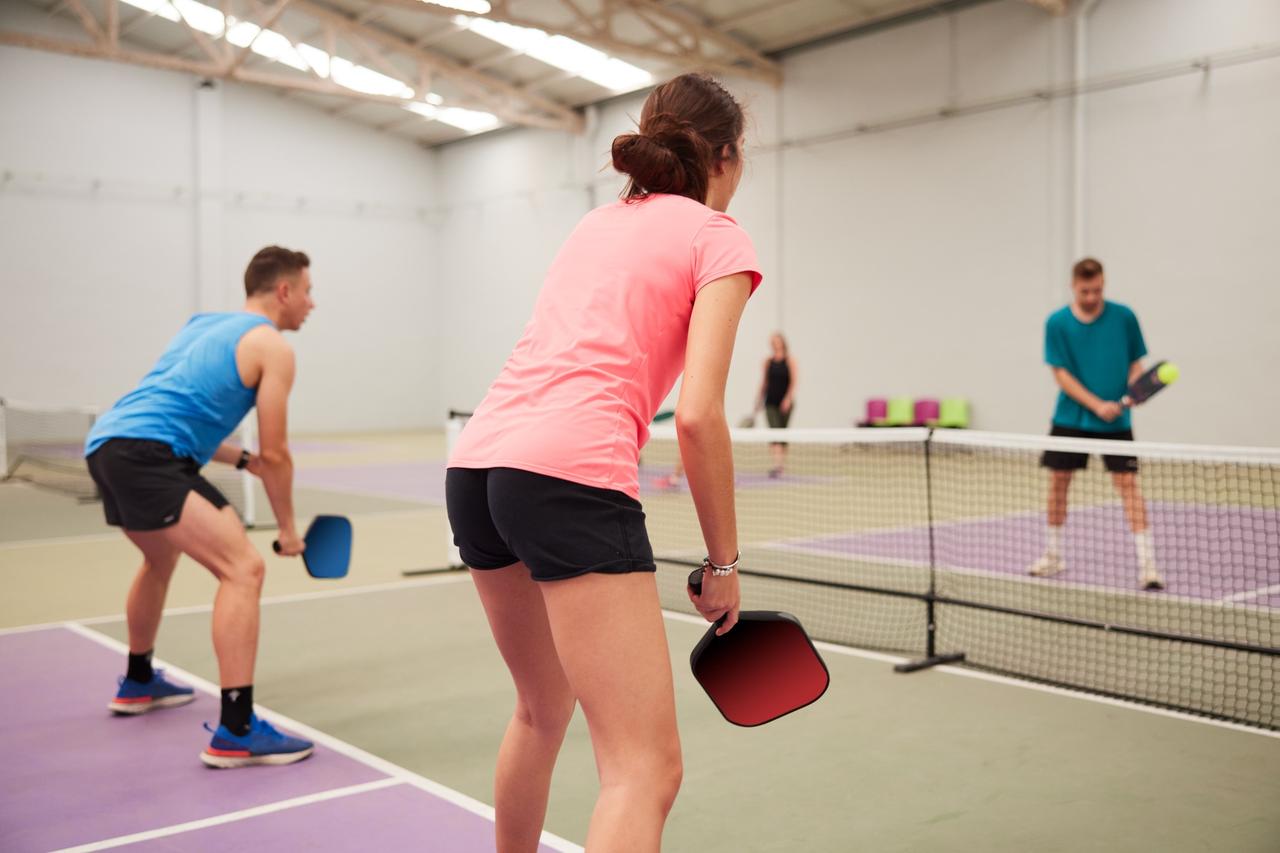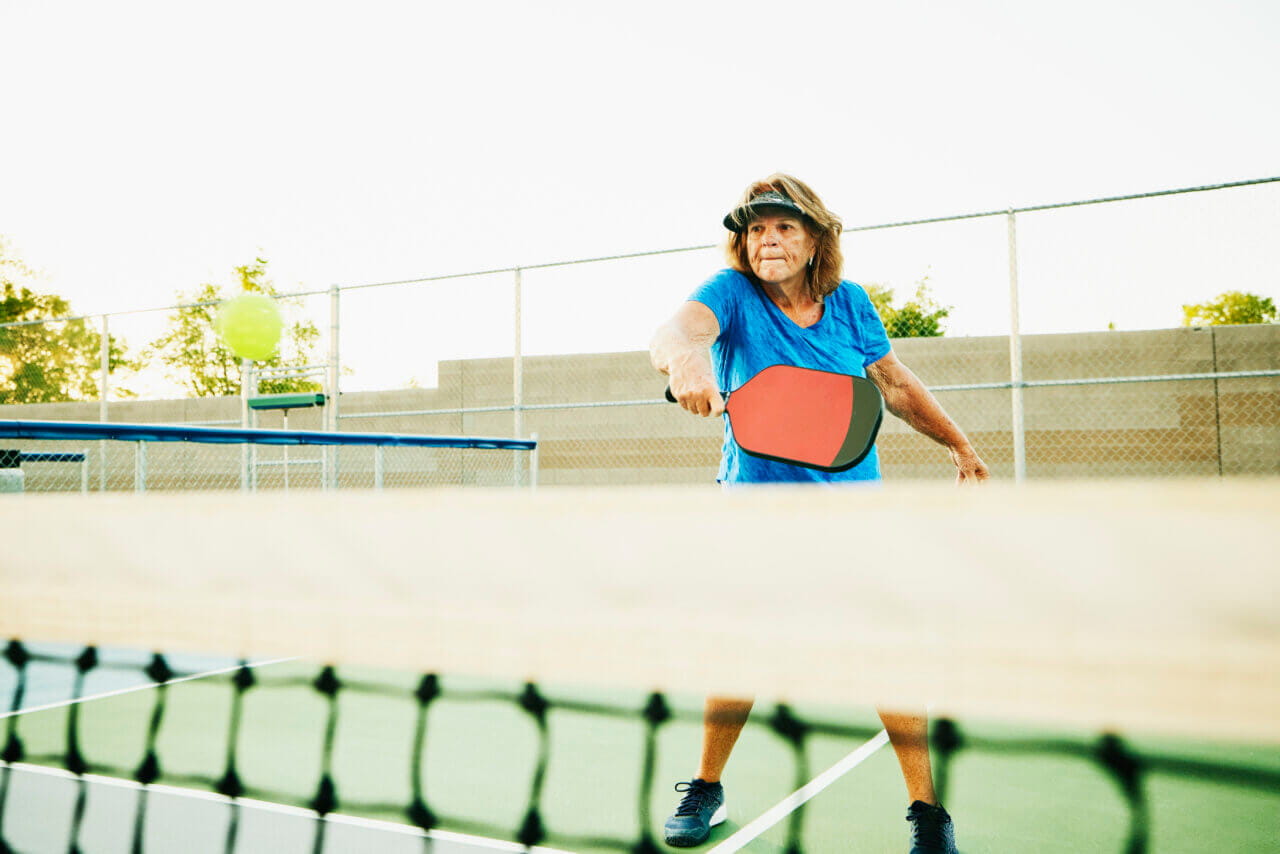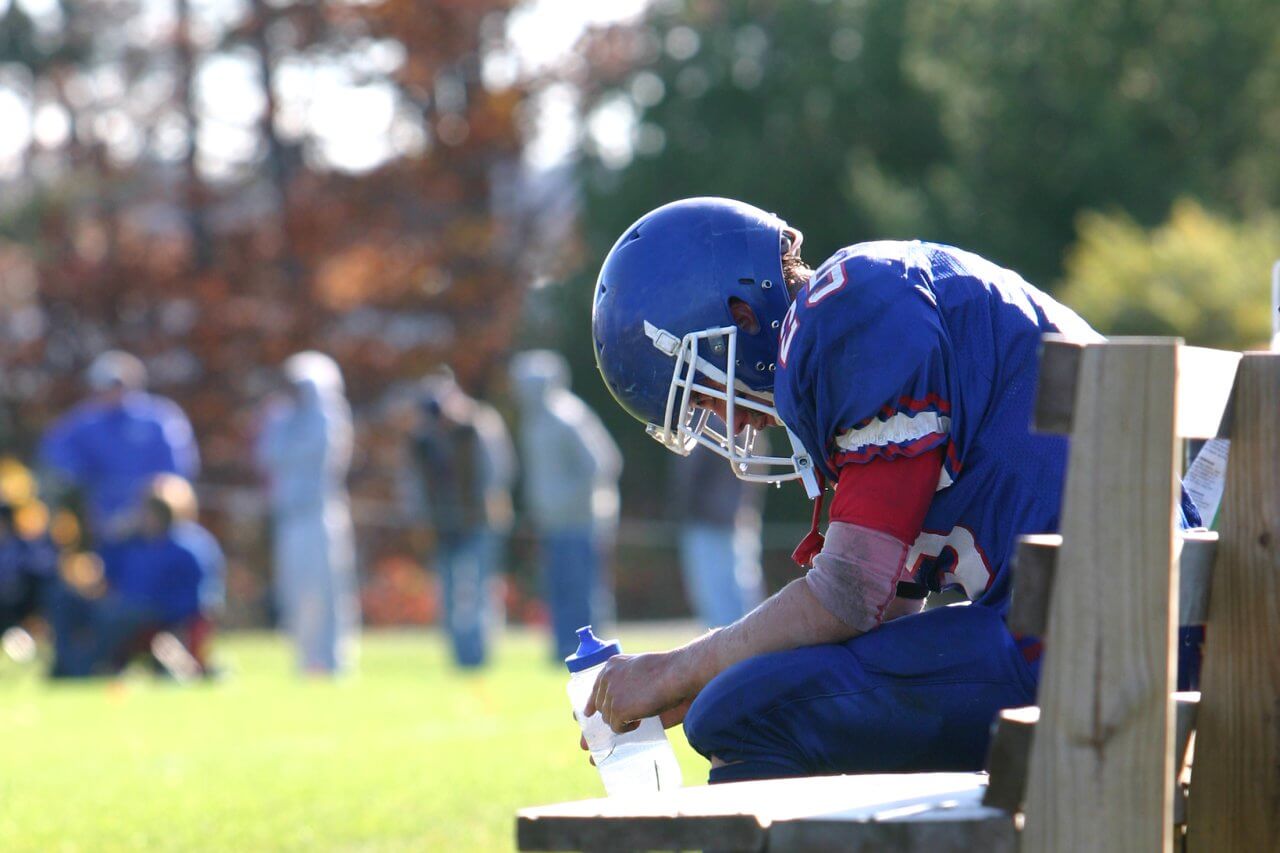Is Pickleball Safe After Orthopedic Surgeries?

People with a history of orthopedic surgeries may wonder if pickleball is safe for them. The short answer is yes, it can be. However, there are some important considerations for those wanting to take up or resume the sport after surgical procedures.
This article explains what you need to know about pickleball after orthopedic surgeries.
Pickleball and Orthopedic Injury Risk
Pickleball is a low-impact sport with a lower injury risk than many others. Still, playing creates stress in the muscles, tendons, ligaments, joints, and other tissues and structures. That’s true for every type of physical activity.
However, having orthopedic surgery like a knee, hip, or shoulder replacement doesn’t mean you can’t play. It simply means you have to approach the game with an understanding of how your procedure affects your physical abilities, if it does at all. Many people who recover from orthopedic surgeries have no restrictions on their exercise other than the advice to “not overdo it,” which all athletes need to remember.
Pickleball After Orthopedic Procedures: Key Considerations
To play pickleball safely after orthopedic surgery, keep the following factors in mind:
Timing
Orthopedic surgeons typically allow patients to return to pickleball within three to six months after their procedure. That number varies based on the type of procedure and the extent of the damage that prompted it. Once you are back on the court, it can take up to a year to regain full strength and balance.
Gradual Return
You should return to pickleball in a cautious, measured way. It’s best to start with light drills and gradually increase the intensity and duration of your play.
Proper Technique
How you move around the pickleball court and strike the ball affects the stress and strain on your joints. Learning and using appropriate techniques is important for all players, particularly those who have had orthopedic surgeries.
Appropriate Equipment
Wearing supportive shoes made for court sports helps absorb some of the energy from your footfalls, reducing the impact on your joints. A paddle of the right size and weight is easier to grip and swing.
Warming Up and Cooling Down
Doing static (in place) and dynamic (in motion) stretching before and after pickleball outings helps your body prepare for and recover from matches. This is especially important for people who have had surgery and are reacclimating to sports.
Body Awareness
Everybody responds differently to orthopedic surgeries. The fact that one patient is able to get back on the pickleball court five months after a knee replacement doesn’t mean another patient can. Your recovery from orthopedic surgery and return to pickleball must progress at the rate that’s right for you. Listen to your body and work with your care team to adapt your rehabilitation plan if needed.
Orthopedic Surgeries Don’t Have To End Your Pickleball Play
Orthopedic surgeries can be significant procedures with lengthy rehabilitation processes. Still, undergoing a hip, knee, or shoulder replacement—or another procedure—doesn’t mean you have to give up pickleball. With guidance and support from your care team, you can get back on the court and continue playing the game you love.
If you have questions about how a specific surgery will affect you and your exercise regimen, your Baptist Health orthopedic care provider can answer them.
Take our Knee and Hip Joint Pain Assessment, call 1.844.6BAPTIST, or visit our provider directory to find a Baptist Health provider.
Next Steps and Helpful Resources
Learn More About Orthopedic & Sports Medicine at Baptist Health
7 Tips for Preventing Overuse Injuries in Pickleball
Orthopedic Concerns for Pickleball Players
Pickleball After Joint Replacement Surgery


